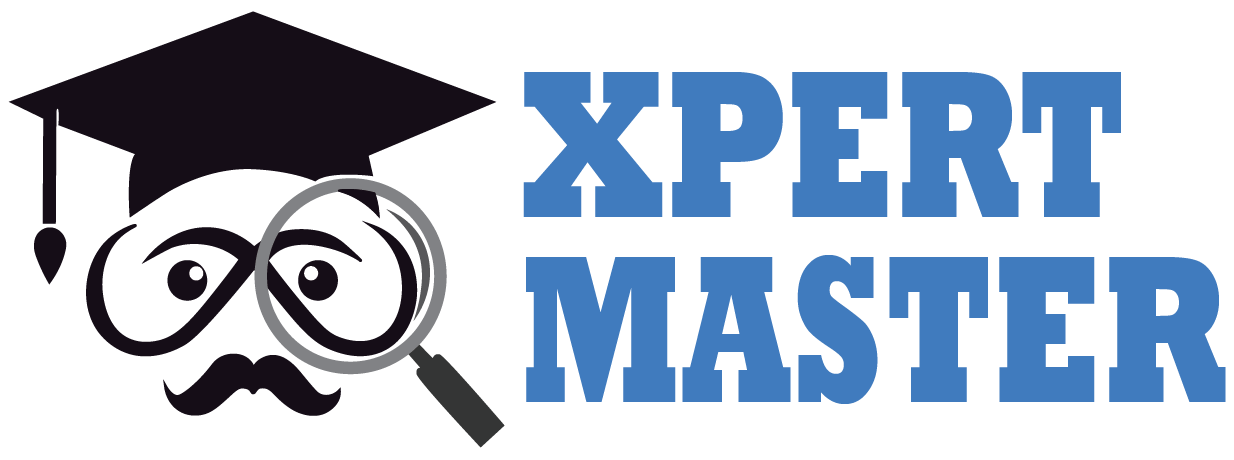Plagiarism and Intellectual Property Law: A Critical Intersection
The relationship between plagiarism and intellectual property (IP) law is a nuanced and essential one. Both deal with the protection of original ideas and creations, but they operate in different realms—one ethical, the other legal. Plagiarism is commonly regarded as an academic violation, and the consequences for committing it can be severe, especially in educational settings. Students caught plagiarizing may face academic probation, expulsion from their programs, or even the revocation of their degree.
What is Plagiarism?
Plagiarism is the act of presenting someone else’s words, ideas, or intellectual work as your own, without giving them proper credit. This could be as simple as copying and pasting text from a source without citation or as serious as claiming another person’s research or discoveries as your own. In both cases, plagiarism is a breach of academic integrity and trust, which can have lasting effects on an individual’s academic and professional reputation.
Intellectual Property Law: An Overview
In contrast, intellectual property law is a body of legal rules designed to protect the creative works and inventions of individuals and organizations. It includes areas like copyright, which protects original works such as books, music, and art; trademark, which shields brand names and logos; and patent law, which safeguards inventions and innovations. The goal of IP law is to ensure that creators retain the rights to their original works and are compensated for their efforts.
The Overlap: Plagiarism Meets Intellectual Property Law
The intersection of plagiarism and intellectual property law becomes especially important when plagiarized material is used in a way that infringes upon copyright or other intellectual property rights. While plagiarism itself is primarily seen as an ethical violation, it can also carry legal consequences. If an individual reproduces copyrighted material—whether it’s text, art, or music—without permission or proper attribution, they may be infringing on the rights of the original creator. In cases where the plagiarized content is published or distributed, this could lead to charges of copyright infringement.
Understanding this overlap is crucial for both students and researchers. Plagiarism is not just an ethical lapse; it can result in serious legal repercussions if the work infringes on someone’s protected intellectual property. For instance, reproducing sections of a copyrighted book without permission or using a copyrighted image without licensing it can lead to copyright claims against the individual or institution involved.
How to Avoid Plagiarism and Respect Intellectual Property Rights
To steer clear of the legal consequences associated with plagiarism, it’s vital for students and researchers to adhere to proper academic practices. This includes citing sources correctly and giving credit where it’s due. Being familiar with the appropriate citation styles for your discipline—such as APA, MLA, or Chicago—ensures that you acknowledge the original creators properly. Additionally, whenever you wish to use someone else’s work, obtaining permission or ensuring fair use is essential to avoid violating intellectual property rights.
Institutions also play a critical role in promoting academic integrity and protecting IP. Schools and universities should educate students about the importance of respecting intellectual property, offer workshops on proper citation methods, and provide guidance on how to navigate the legal aspects of research and publication.
Conclusion
The intersection of plagiarism and intellectual property law is an essential area to understand, particularly for students and researchers. While plagiarism is generally viewed as an ethical issue, it can also have legal consequences if it involves the unauthorized use of copyrighted material. By understanding the importance of proper attribution and learning how to respect intellectual property rights, individuals can avoid both academic and legal troubles. Ultimately, fostering a culture of integrity, respect for creators, and awareness of IP law helps protect the value of original work and the rights of those who produce it.


